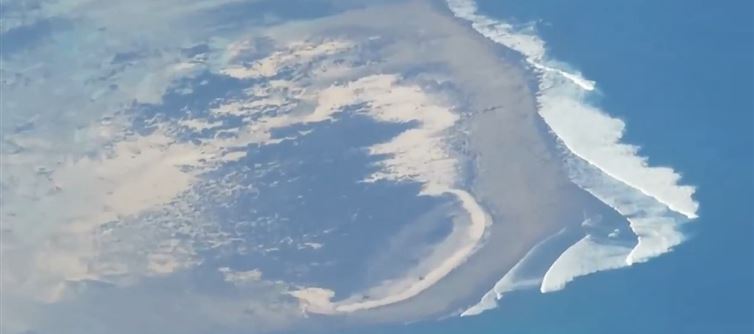
For the Sentinelese, isolation is not just a choice—it is survival. Their population, estimated at just 50 to 200 individuals, has preserved a way of life virtually unchanged since the Stone Age. When fishermen or intruders stray too close, they are often met with hostility, a reminder of the tribe’s determination to remain uncontacted. In 2018, that hostility turned fatal when missionary john Allen Chau attempted to reach them, only to lose his life in the process. His death echoed around the globe, sparking debates about faith, survival, and the ethics of leaving such ancient societies undisturbed. For the Sentinelese, however, it was merely another defense of their home—a home they have protected for up to 55,000 years.
And yet, the greatest mystery of the Sentinelese lies not in their hostility, but in their resilience. How has such a small, isolated community survived for millennia, defying the risks of inbreeding and disease? The answers remain locked within their world, hidden beneath the dense jungle canopy and guarded by their arrows. What little can be observed from afar shows them as strong, agile, and thriving—a testament to the endurance of human life when left in balance with nature. North Sentinel Island is more than a forbidden land; it is a living time capsule, a haunting reminder of what humanity once was, and perhaps, what it still needs to be.




 click and follow Indiaherald WhatsApp channel
click and follow Indiaherald WhatsApp channel